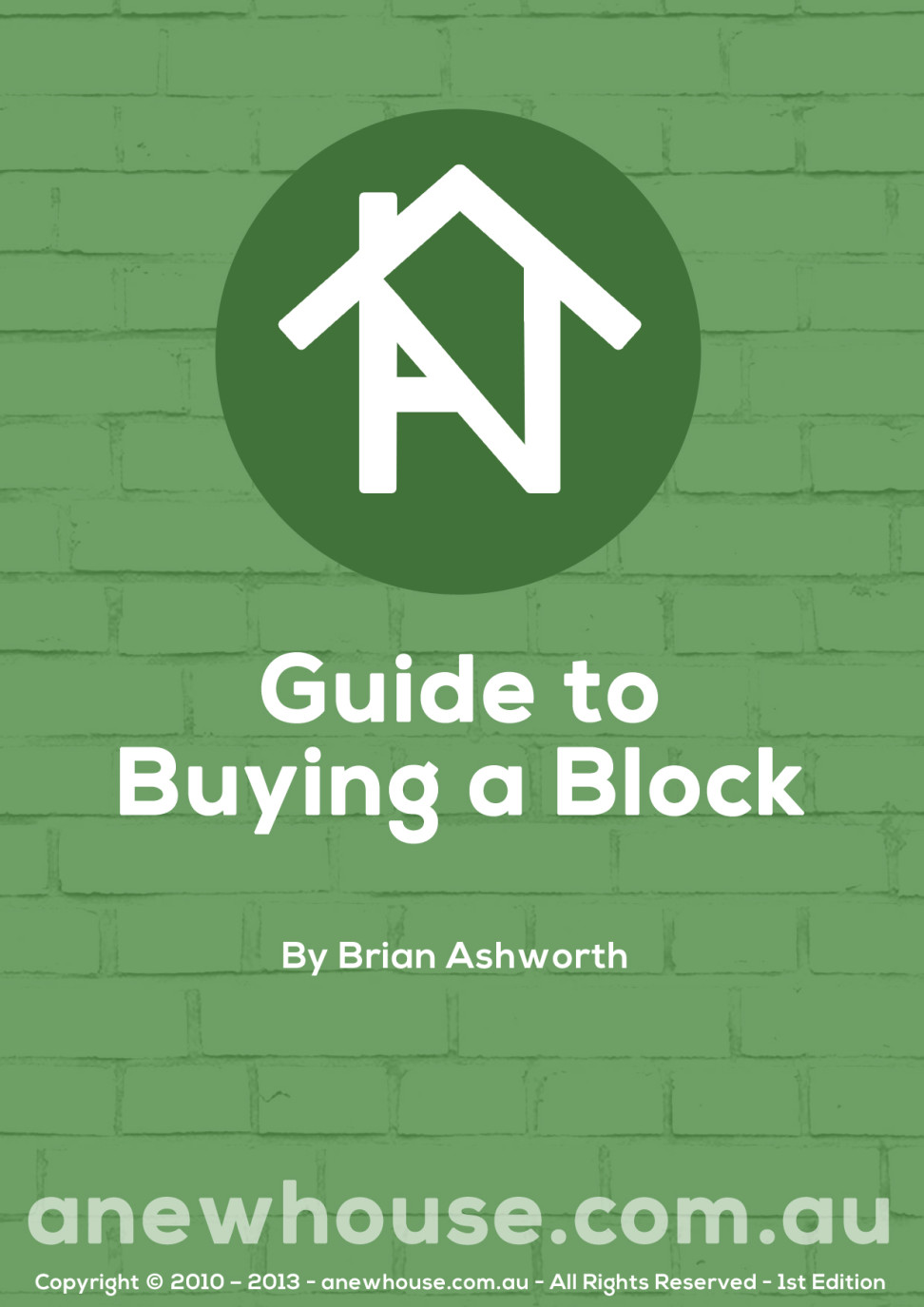General Principles
The main factors in window noise reduction in order of importance are:
1. Glass Thickness
Thicker glass will give a better result. (Laminated glass is slightly better than solid glass of similar thickness as the laminated layer provides additional ‘Damping’)
2. Air Gap,
A secondary window system with a 100mm air gap will perform much better acoustically than a Insulated Glass Unit (IGU).
Thermally however the performance will be lower.
Having the glass thickness of the two panes vary by more than 50% improves the accoustic performance.
3. Sealing
Effective compression sealing around opening sashes, and sealing around the frame will prevent noise ‘getting around’ the window.
Noise Levels
Noise is measured in Decibels (dB).
The scale is logarithmic, which means that each 10dB increase means the sound is twice as loud.
External Noise Levels
Conversation 65dB
Aircraft 65dB
Traffic 70 – 80dB
Construction 75dB (measured at your property boundary)
Recomended Internal Noise levels
Bedroom 30 – 35dB
Living Room 35 – 40dB
Noise Insulation Performance
Sometimes you will see performance quoted as a Sound Transmission Class (STC) others use Weighted Sound Reduction (Rw) values. Both units are essentially the same and are equivalent to decibels,
Installing windows rated 30 Rw, or STC 30, will reduce an external 75dB noise by 30dB, to an internal noise level of 45dB.
Approximate performance of various glazing systems are:
| TYPE |
THICKNESS mm |
STC / Rw dB |
| Single – Clear glass |
3 |
30 |
| Single – Clear glass |
6 |
32 |
| Single – Clear glass |
10 |
36 |
| Single – Laminate |
6.4 |
33 |
| Single – Laminate |
7.5 |
34 |
| Single – Laminate |
10.3 |
37 |
| Double – IGU |
6 – 8mm air gap – 4 |
34 |
| Double – Secondary |
6 – 100mm air gap – 4 |
46 |
You will need to talk to your proposed window suppliers to establish the exact performance and costs.
